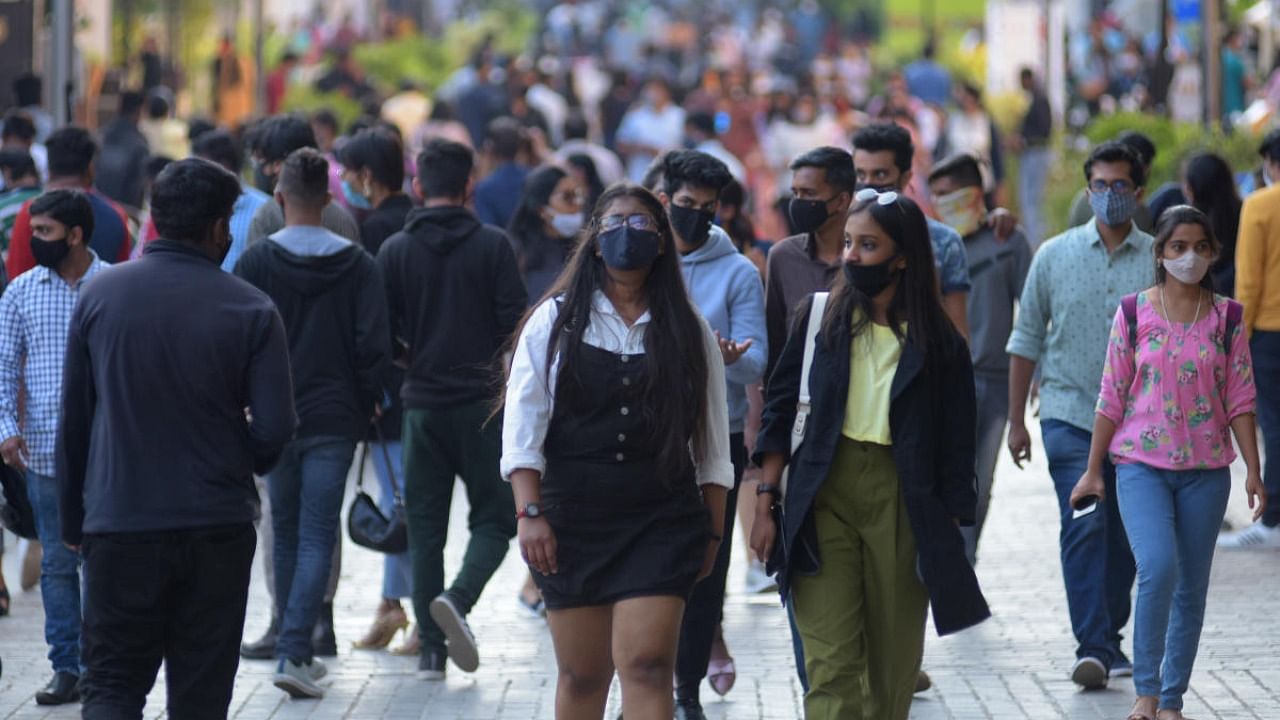
The National Crime Records Bureau states that Bengaluru recorded the highest number of pedestrian deaths (272) during the year 2020. Pedestrians are at higher risk across India, but it is particularly so in the city.
With a growing population, congestion, and vehicular pollution, footpaths play a crucial role in enabling the safe commute of a majority of Bengalureans who prefer walking for their chores.
But, the footpaths across the city are a trigger for various hardships. “I have been a pedestrian for 10 years in Bengaluru, but the difficulties I face on the city’s footpaths are inconceivable. Currently, the city’s dangerous pedestrian infrastructure includes potholes, broken routes, discontinued footpaths, and a lack of utility repairs,” says Premnath Menon, a resident of R T Nagar.
The footpaths lack continuity in several parts of the city due to the frequent congregations in the inner part of road connectivities. Pedestrians are demanding wider walkways and proper maintenance.
Another significant aspect to consider is the footpath camber to aid quick drainage of stormwater. Several projects have been executed in Bengaluru, but eventually, the residents are unhappy with the incremental progress of the system.
“Authorities need to look through the unplanned footpath connections that further leads to several pedestrian fatalities. The uneven levelling of the footpaths makes it difficult for senior citizens. I have seen them tripping on the paths often. Some of them were losing their vision, and due to the vehicular casualties, deaths and injuries occur,” notes Syed Ahmed from Hebbal.
Even today, many roads in the city’s interiors do not have proper footpaths and crossings. These non-existent facilities push at least one pedestrian to the graveyard each day.
Also read: Bengaluru: Pedestrianise, boost air quality
Bengaluru has very minimal footpath widths. Nearly half of the population of Bangalore prefers walking to complete trips of two kilometres or less.
“As a working woman, I expect footpaths to be cautiously built for cross walking. Also, in areas like Hosur and Jalahalli, water drainage systems and sewer lines are overlooked,” notes Priyamani Alkur, a working woman.
She adds, “I would recommend authorities extend the ‘Clean Air Street’’ project to several possible parts of the city to save pedestrians’ interests.”
Due to the extensive vehicular traffic in the city, a mixed land use pattern was chosen to ensure that roads pass through localities, both commercial and residential. The authorities managed the traffic crisis, but it has led to confounding casualties too. Speed-driving, absence of guardrails on footpaths, and pedestrian crossings have aggravated the walkers’ safety.
“The authorities are becoming supply-oriented and building more roads and flyovers. They are neglecting the most ancient mode of transportation due to the pressure of mobility in the city. Some of the footpaths are not walkable, and people are forced to come down to carriageways,” points out another pedestrian based in Malleswaram.
Several projects of the Bruhat Bengaluru Mahanagara Palike (BBMP) are overdue due to the pandemic and lack of funding. The worst affected communities on the roads are pedestrians, awaiting safe, well-lit and accessible walking spaces across the city.
Check out latest DH videos here